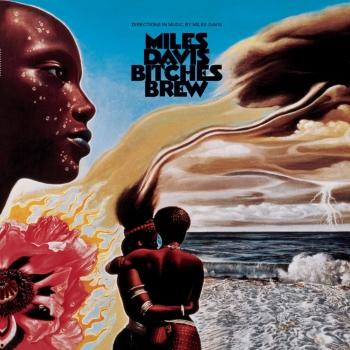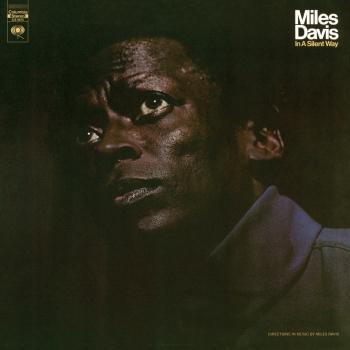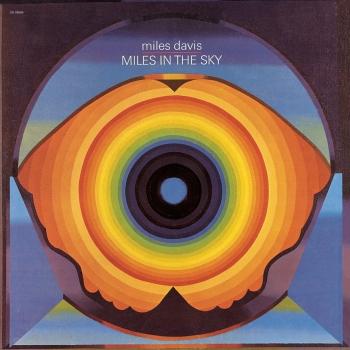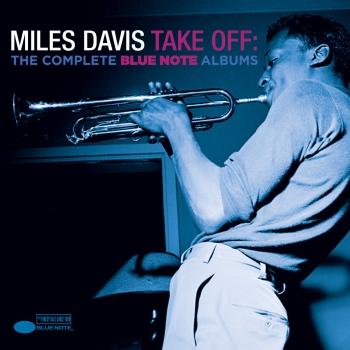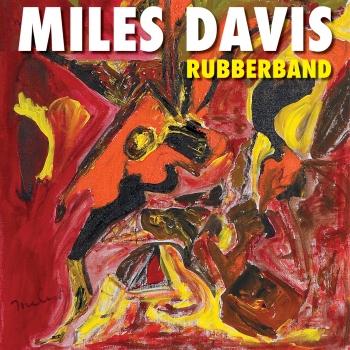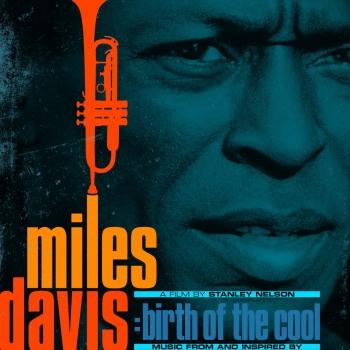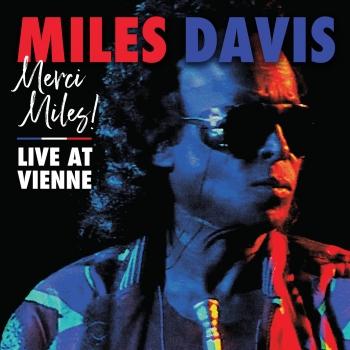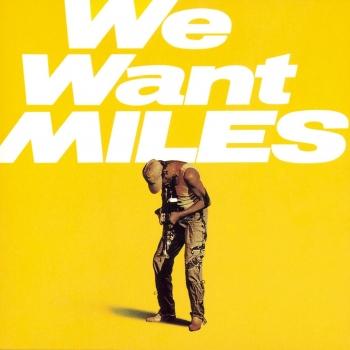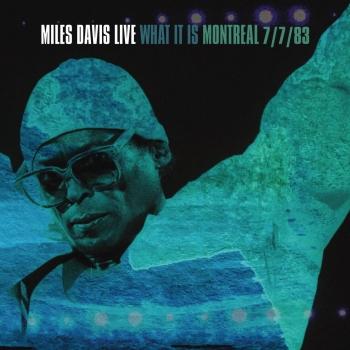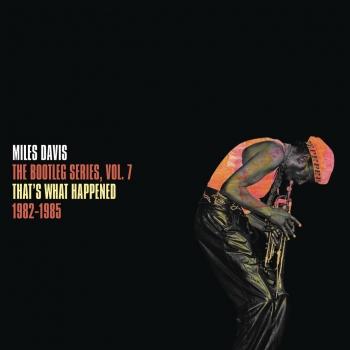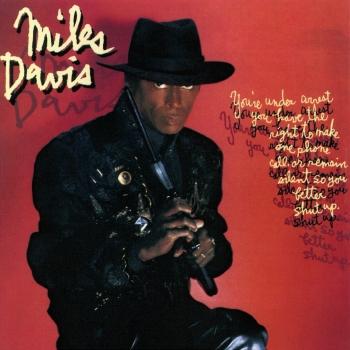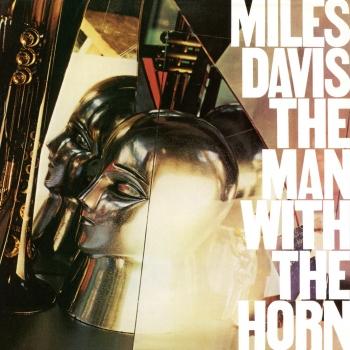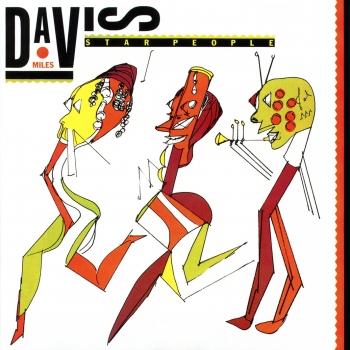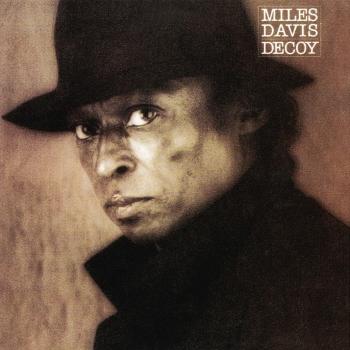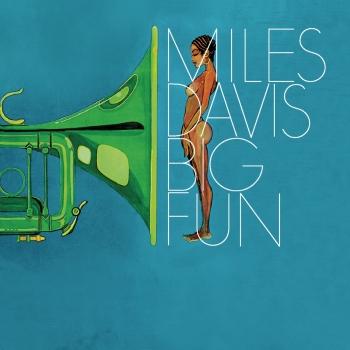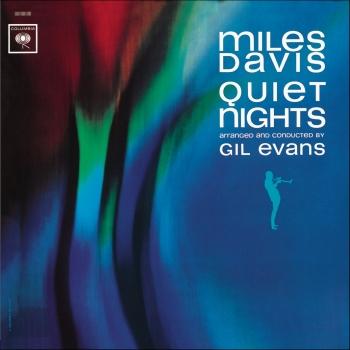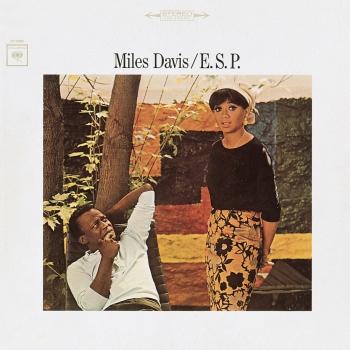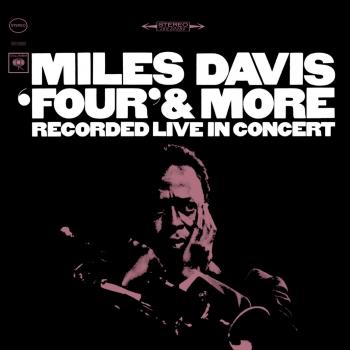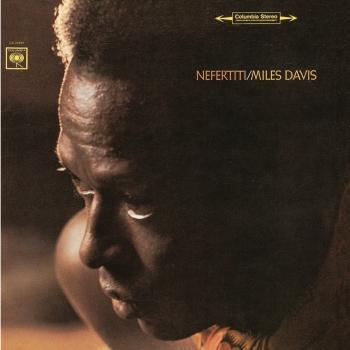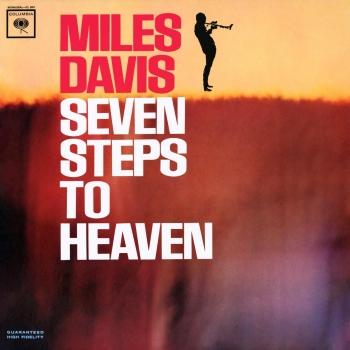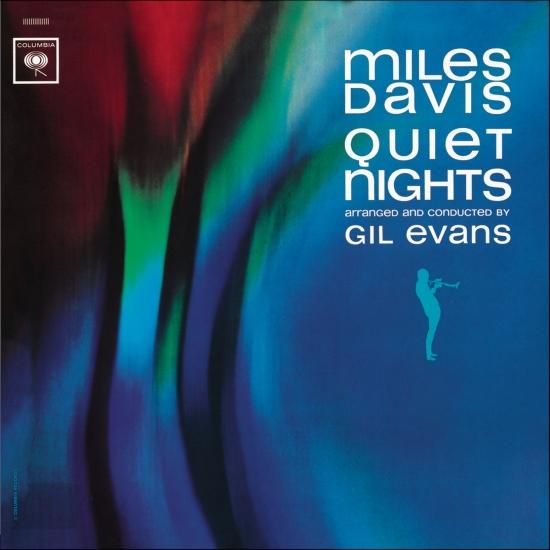
Quiet Nights (2022 Remaster) Miles Davis
Album info
Album-Release:
1963
HRA-Release:
16.12.2022
Album including Album cover
I`m sorry!
Dear HIGHRESAUDIO Visitor,
due to territorial constraints and also different releases dates in each country you currently can`t purchase this album. We are updating our release dates twice a week. So, please feel free to check from time-to-time, if the album is available for your country.
We suggest, that you bookmark the album and use our Short List function.
Thank you for your understanding and patience.
Yours sincerely, HIGHRESAUDIO
- 1Song No. 201:36
- 2Once Upon a Summertime03:24
- 3Aos Pes Da Cruz04:15
- 4Song No. 104:33
- 5Wait Till You See Her04:03
- 6Corcovado (Quiet Nights Of Quiet Stars)02:43
- 7Summer Night06:05
- 8The Time Of The Barracudas12:45
Info for Quiet Nights (2022 Remaster)
Given the popular wave of Brazilian samba music that engulfed the jazz scene of the early 1960s—“bossa nova” they called it when it was still nova to American ears—it was inevitable that most would try their hand at this new, gently rolling sound with its exotic rhythmic lilt and suggestion of overseas romance. Long before saxophonist Stan Getz took “Girl From Ipanema” to the top of the pop charts, Miles and Gil Evans reunited for their last studio project together, channeling the sounds of Rio. Or so goes the majority view.
In reality, despite a title referencing the best known samba on the album (“Quiet Nights of Quiet Stars”, aka “Corcovado”), Quiet Nights is a mix of situations and sources: Brazilian folk (“Prenda Minha”, titled “Song No. 2” on the album), Spanish classical (“Adelita” by guitar pioneer Francisco Tárrega, here called “Song No. 1”), and a few ballads, including one that stands out from the rest of the big band album: “Summer Night,” a quintet take featuring Miles’ playing muted then open trumpet and the start of a new band: tenor saxophonist George Coleman, pianist Victor Feldman, bassist Ron Carter, and drummer Frank Butler.
Miles Davis, trumpet
Gil Evans, arranger, conductor
Shorty Baker, trumpet
Bernie Glow, trumpet
Louis Mucci, trumpet
Ernie Royal, trumpet
J.J. Johnson, trombone
Frank Rehak, trombone
Ray Alonge, french horn
Don Corrado, french horn
Julius Watkins, french horn
Bill Barber, tuba
Steve Lacy, soprano saxophone
Albert Block, flute
Ray Beckenstein, woodwind
Jerome Richardson, woodwind
Garvin Bushell, bassoon
Bob Tricarico, bassoon
Janet Putnam, harp
Paul Chambers, bass
Jimmy Cobb, drums
Willie Bobo, bongos
Elvin Jones, percussion
Miles Davis Quintet on "Summer Night":
Miles Davis, trumpet
George Coleman, tenor saxophone
Victor Feldman, piano
Ron Carter, bass
Frank Butler, drums
Orchestra on 1997 bonus track "Time of the Barracudas":
Miles Davis, trumpet
Gil Evans, arranger, conductor
Dick Lieb, bass trombone
Bill Hinshaw, french horn
Art Maeba, french horn
Richard Perissi, french horn
Gene Cipriano, woodwind
Buddy Collette, woodwind
Paul Horn, woodwind
Fred Dutton, bassoon
Marjorie Call, harp
Herbie Hancock, piano
Ron Carter, bass
Tony Williams, drums
Recorded between July 27, 1962 & April 17, 1963 at Columbia Studios in New York City and Hollywood
Produced by Teo Macero; Irving Townsend (track 8 only)
Digitally remastered
 Trumpeter Miles Davis grew up in East St. Louis, Illinois, just across the river from St. Louis, Missouri. His parents were affluent, and had the means to support his musical studies as a boy. He began playing the cornet at age nine, and received his first trumpet at around twelve or thirteen. He studied classical technique, and focused mainly on using a rich, clear tone, something that helped define his sound in later years.
Trumpeter Miles Davis grew up in East St. Louis, Illinois, just across the river from St. Louis, Missouri. His parents were affluent, and had the means to support his musical studies as a boy. He began playing the cornet at age nine, and received his first trumpet at around twelve or thirteen. He studied classical technique, and focused mainly on using a rich, clear tone, something that helped define his sound in later years.
As a teenager, he played in various bands in St. Louis, which was rich with jazz, as big bands often stopped there on tours throughout the Midwest and southern states. The most important experience he had was when he was asked to play in the Billy Eckstine band for a week as a substitute. The group included Charlie Parker, Dizzy Gillespie, and Sara Vaughan. After playing with these stars, Davis knew he had to move to New York to be at the heart of the jazz scene.
In Pursuit of Parker:
In 1944 Davis moved to New York City where he had earned a scholarship to study trumpet at the Juilliard School of Music. Upon arriving however, he sought after Charlie Parker, and meanwhile spent all of his time in jazz clubs listening to bebop. He was transfixed on the music, and grew utterly bored with his classical studies. After less than a year at Juilliard, he dropped out and tried his hand at performing jazz.
Although not particularly stunning, his playing was good enough to finally attract Charlie Parker, and Davis joined his quintet in 1945. He was often criticized for sounding inexperienced, and was compared unfavorably to Dizzy Gillespie and Fats Navarro, who were the leading trumpeters at the time. Both boasted stellar technique and range, neither of which Davis possessed. In spite of this, he made a lasting impression on those who heard him, and his career was soon set aloft.
Cool Jazz and a Rise to Fame:
Encouraged by composer and arranger Gil Evans, Davis formed a group in 1949 that consisted of nine musicians, including Lee Konitz and Gerry Mulligan. The group was larger than most bebop ensembles, and featured more detailed arrangements. The music was characterized by a more subdued mood than earlier styles, and came to be known as cool jazz. In 1949 Davis released the album Birth of the Cool (Captiol Records).
Change of artistic direction became central to Davis’ long and increasingly influential career. After dabbling in hard bop as a leader on four Prestige recordings featuring John Coltrane, he signed with Columbia records and made albums that featured Gil Evans’ arrangements for 19-piece orchestra. These were Miles Ahead, Porgy and Bess, Sketches of Spain, and Quiet Nights. He rose in popularity with these recordings, in part due to his signature sound, which he often enhanced by using a Harmon mute.
Kind of Blue and Beyond:
In 1959 Davis made his pivotal recording, Kind of Blue. It was a departure from all of his previous projects, abandoning complicated melodies for tunes that were sometimes only composed of two chords. This style became known as modal jazz, and it allows the soloist expressive freedom since he does not have to negotiate complex harmonies. Kind of Blue also featured John Coltrane, Cannonball Adderley, and Bill Evans. The album is one of the most influential in jazz, and is Columbia Records’ best-selling jazz record of all time.
In the mid 1960s Davis changed directions again, forming a group with Herbie Hancock, Wayne Shorter, Tony Williams, and Ron Carter. This group was known for the excellence of each individual member, and also for its unique performance approach. Each night the tunes would sound different, as the musicians would sometimes only loosely adhere to the song structures, and often transition from one right into the next. Each player was given the chance to develop his solos extensively. Like all of Davis’ previous groups, this quintet was highly influential.
Late Career:
Despite health problems, drug addiction, and strained personal relationships, Davis continued to play, changing his approach with each new project. In the late 60s and 70s, he began to experiment with electronic instruments, and grooves that were tinged with rock and funk music. Two famous recordings from this period are In a Silent Way and Bitches Brew. By the time the 1980s rolled around, Davis was not only a jazz legacy, but a pop icon, whose music, persona, and fashion style were legendary.
Davis died in 1991, as perhaps the most influential jazz artist ever. His vast body of work continues to be a source of inspiration for today’s musicians. (Jacob Teichroew, About.com Guide)
This album contains no booklet.







